A car that can travel a long distance before running out of fuel might have good gas mileage or a large fuel tank. Ever wonder how long a Nissan Rogue can travel before emptying its gas tank? We have asked automotive experts on the range the Nissan Rogue can travel before it empties its fuel tank. Here is what we got from them.
There are multiple, different trims for the Nissan Rogue, and all these trims have different gas mileage. Here is the mileage of the Nissan Rogue, depending on its trim level:
- Nissan Rogue S FWD 435 miles combined driving
- Nissan Rogue SL FWD 420.5 miles combined driving
- Nissan Rogue SV FWD 420.5 miles combined driving
- Nissan Rogue S AWD 420.5 miles combined driving
- Nissan Rogue SV AWD 406 miles combined driving
- Nissan Rogue Platinum AWD 406 miles combined driving
The Nissan Rogues driving rage is decent for a compact SUV. For the driving range, you might notice that the FWD trims can travel farther than the AWD; because the AWD needs more power to move all four wheels.
If you notice that your Nissan Rogue is getting much less distance before emptying its fuel tank, you should have your vehicle checked by a mechanic. Having a shorter driving distance than normal may be caused by problems such as misfire, bad spark plugs, dirty air filter, or others. For more information about the Nissan Rogue SUV, keep reading below.
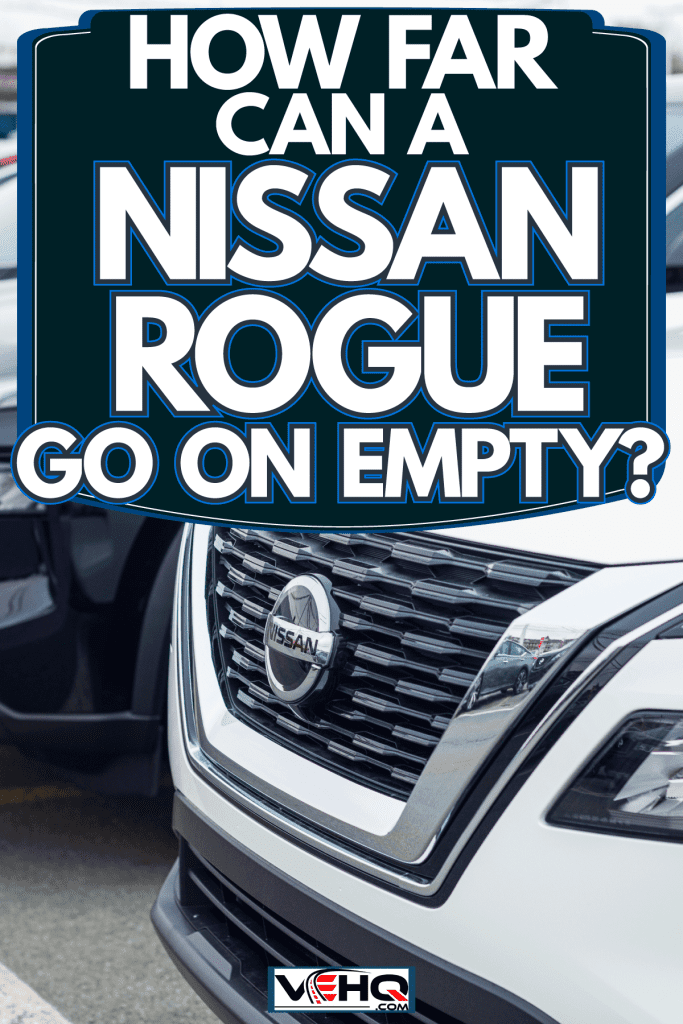
Is The Nissan Rogue Fast
The Nissan Rogue's speed is decent for the type of vehicle. The Rogue is a subcompact SUV, and these cars are not really built for speed, unlike higher-end model SUVs. When driving the Nissan Rogue on highways, it has enough power to overtake other vehicles, but do not expect to leave them behind any time soon.
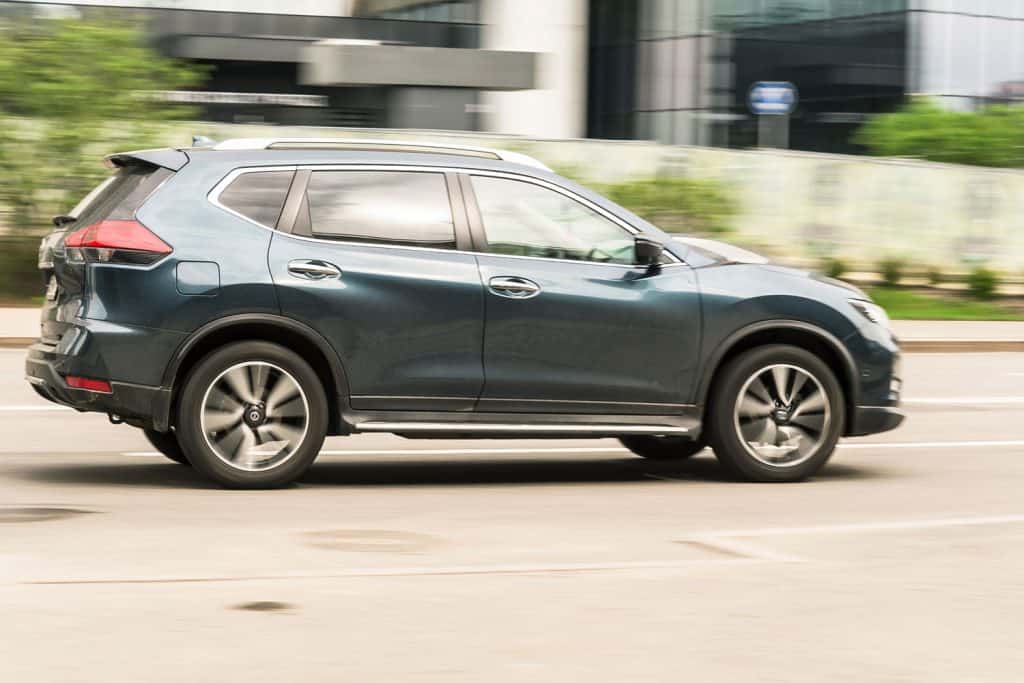
The Nissan Rogue is powered by a 2.5 liter inline-four naturally aspirated engine that pushes out 181 horsepower and 181-pound feet of torque. The Rogue can hit 0 to 60 miles per hour in 8.2 seconds and 100 miles per hour in just 23.7 seconds.
One downside with the Nissan Rogue is its CVT transmission, which has a reputation of having a surging and whaling power delivery when stepping full on the accelerator. But for normal everyday driving, the Rogue's CVT transmission works perfectly fine.
The Rogue is nowhere near to being a fast or powerful vehicle, but it is meant to be a daily driver, a vehicle that can get you and your family to your destination safely and comfortably.
If you're looking for a Nissan with a bit more power, you might want to check out:
- the Titan if you're looking for a larger vehicle,
- Maxima if you're looking for a sedan,
- and 370Z or GT-R if you're looking for a more driver-focused speedster.
Is Driving With Low Fuel Bad
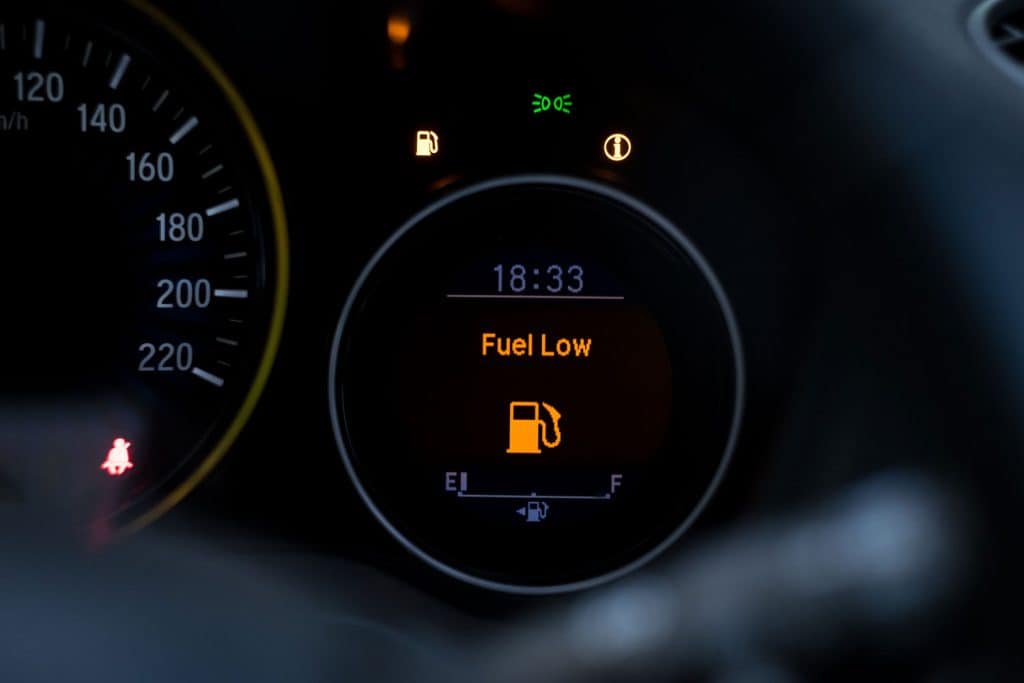
Yes, driving your vehicle with a low or empty fuel tank can cause some problems. The most certain thing that could happen when driving with low fuel is your will car shut off.
The sudden shut-off of your vehicle is very dangerous, especially if you are driving on busy roads. It's better to allocate a few minutes to stop by a gas station to refuel than having to get your car towed or wait for someone to bring your fuel.
Without enough fuel, you could damage your fuel pump. Your vehicle's fuel pump is located inside the gas tank, and it's soaked in gasoline. With not enough gas, your fuel pump will begin to suck up air, and it's that air that will burn or wear out your fuel pump.
With some modern vehicles changing the fuel pump could get costly. That's why it's essential to have enough gas so that your fuel pump can be properly lubricated and cool down.
Another thing, driving with low fuel can cause undue stress. Driving can sometimes get hectic and stressful, especially when faced with other drivers that don't follow the rules. When this happens, seeing that you are almost out of gas will not help your help situation.
To avoid added stress, always keep your fuel level in check before leaving your home. Driving should be a relaxing time for you and your passengers.
What Happens When You Put The Wrong Fuel
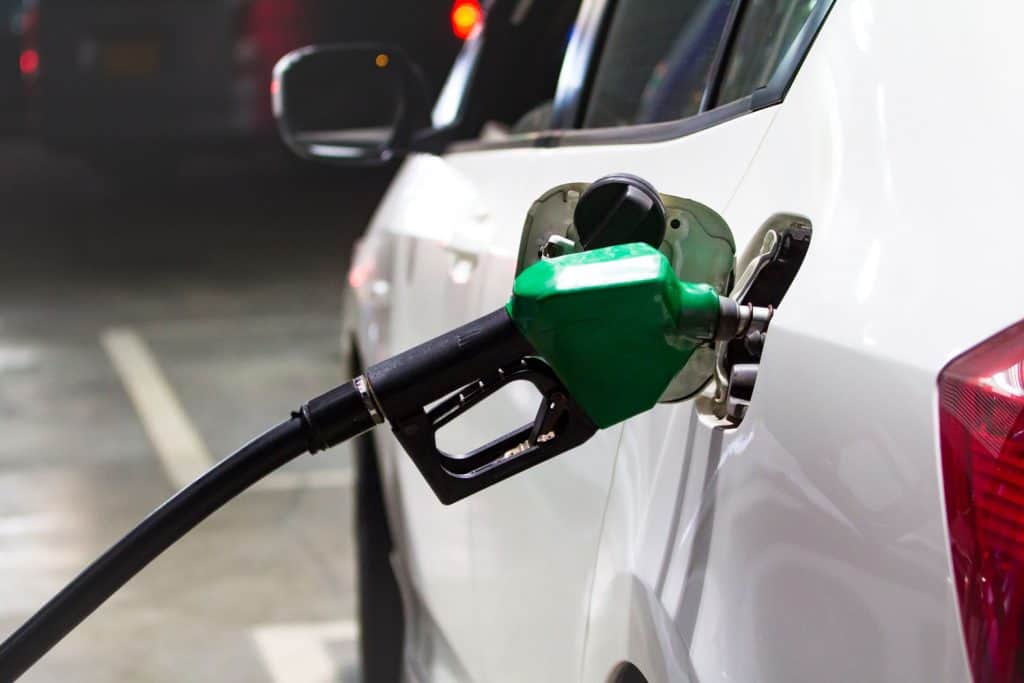
Many things can happen when you put the wrong type of fuel, whether it be putting 85 octane on a 91 octane rated car or switching up gas and diesel. When you go to a gas station, you may notice that there are different numbers on the gas pump; those numbers pertain to the gas octane rating.
In the US, you will typically see the numbers 87, 89, or 92. When it comes to gas, the lower the octane, the cheaper the gas -so some people might put the lower octane in their vehicles.
Filling up an older car with a low octane fuel is fine, but some newer vehicles do require a higher octane rating to run optimally. When a lower octane rating is fueled into a newer vehicle that needs a high octane rating, the engine will start to knock.
Engine Knocking
This knock occurs because fuel mixes with air inside the engine, and if your octane rating is low, it can combust too early, damaging the engine. Vehicles that will typically need higher octane ratings are cars that have supercharged or turbocharged engines.
If you've already filled your car with the wrong octane, try to mix some octane boost with your fuel. Over time, this will boost your fuel's octane.
Don't Mix Up Diesel Vs. Gas
Another thing that you should always avoid is pumping diesel in your gasoline car or vice versa. If you pump diesel in your gas-powered car, your car will stop after all the remaining gasoline that is mixed with the diesel is used up.
Since your engine will stall when you put diesel in a gas engine, there will usually be no damage to your internals. But if your engine still does not work, the mechanic will have to take apart your engine to dry and put it back together, which will cost a lot.
On the other hand, when you put gas in a diesel vehicle, it could cause knocking, and your fuel-injector pump will have no lubrication. Since gasoline will detonate too early and does not share the same lubrication properties as diesel, some of your engine's components may break.
When fueling up, always make sure that you or whoever is fueling your vehicle puts in the right type of fuel to avoid future problems.
Is It Better To Store A Car With A Full Tank Of Gas Or Empty
It's best to have a full tank of gas when storing your vehicle for a long time. Filling your gas tank will prevent moisture inside your gas tank. Another thing you can do is purchase a fuel stabilizer for your vehicle. This will help preserve the fuel and prevent ethanol buildup.
Click here to view this product on Amazon.
The STA-BIL fuel stabilizer keeps fuel fresh for quick and easy starts after storage. STA-BIL fuel stabilizer also eliminates the need for you to drain the fuel tank before storage.
If ethanol has a high enough buildup, it can eat thru most metals and plastics. Ethanol will be a problem if you finally take your vehicle out of storage. Note that fuel does go bad after year, so if you plan to store your car for more than a year, it's best to empty out the fuel tank.
Closing
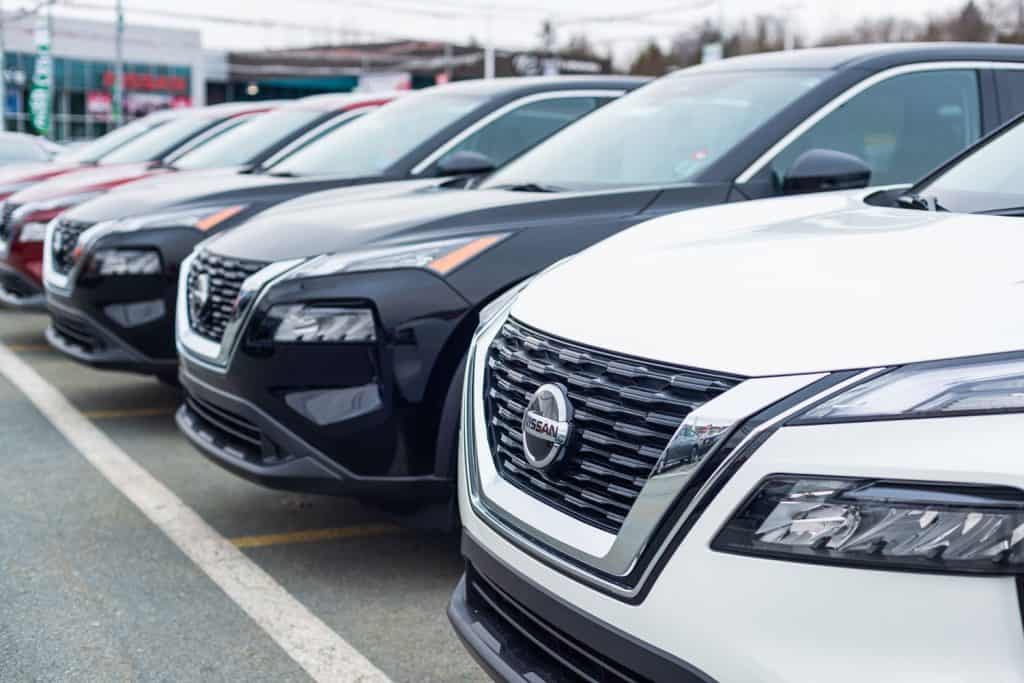
The Nissan Rogue is a great vehicle to drive since it has decent mileage, whether it be an FWD or AWD. The Speed of the Nissan Rogue is also acceptable for a compact SUV. Just keep in mind that the CVT transmission may surge and whale when fully stepping on the accelerator.
Always remember to top up your vehicle; all sorts of problems may occur if you drive your car with low fuel. Also, keep watch of what gas you are using to fuel up your vehicle because topping up with the wrong type of fuel may damage your car in the long run.
For more automotive topics and tips, check out the following post.
Can Flex Seal Be Used On Cars? [Even On Exhaust]
Rubbing Noise From Front Wheel When Driving – What Could It Mean?

